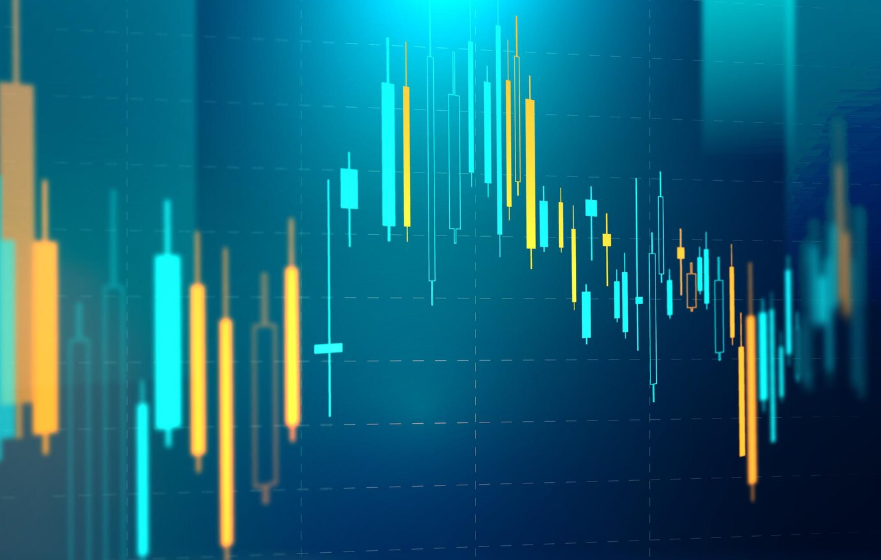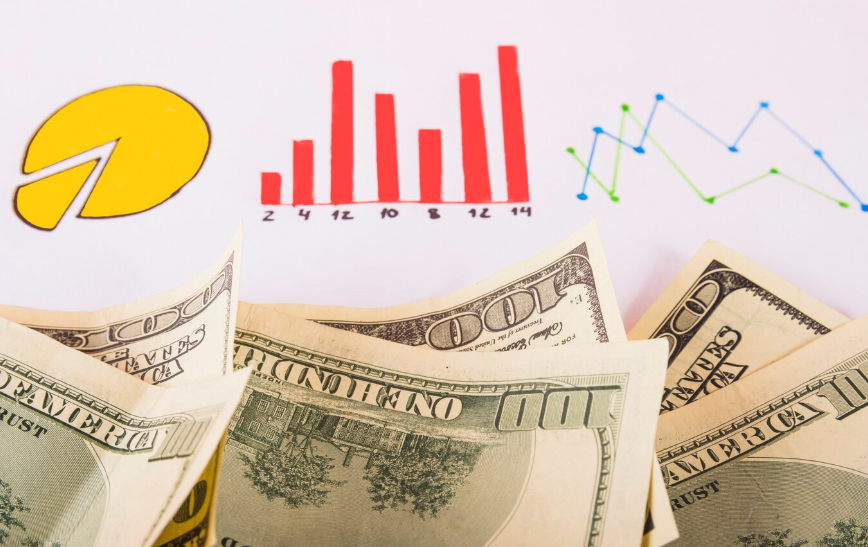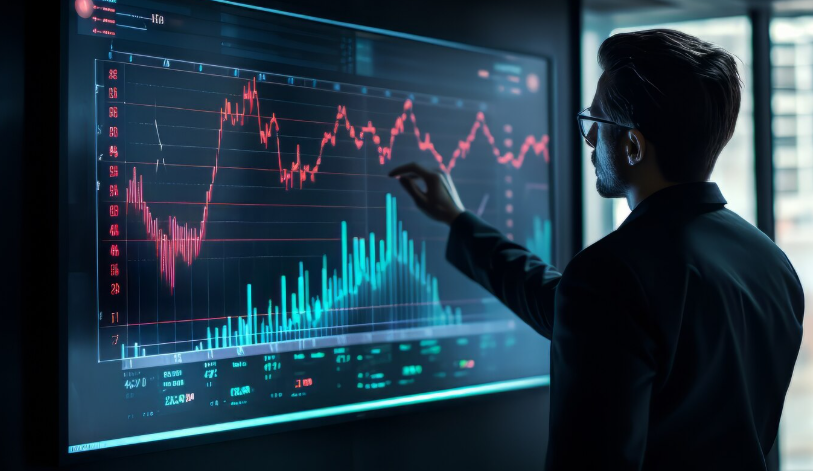In a world saturated with digital content, our ability to discern truth from fabrication has always been a challenge. But with the rapid advancements in Artificial Intelligence, a new and far more insidious threat has emerged: deepfakes. These hyper-realistic, AI-generated videos, images, and audio clips can depict individuals saying or doing things they never did, blurring the lines of reality in a way that profoundly impacts our trust in media.
What exactly are deepfakes, what does their rise mean for the future of information, and how can we safeguard against a truth crisis?
What Are Deepfakes?
The term “deepfake” is a portmanteau of “deep learning” and “fake.” It refers to synthetic media created using powerful AI techniques, primarily deep neural networks, to manipulate or generate visual and audio content. Essentially, AI analyzes existing footage or audio of a person and then synthesizes new content where that person appears to be saying or doing something entirely different. The technology has become frighteningly sophisticated, making it incredibly difficult for the human eye (and often even basic detection software) to spot the deception.
The Erosion of Trust: A Critical Threat
The implications of deepfakes for media trust are profound and deeply concerning:
- Undermining Factual Basis: Deepfakes can fabricate events that never happened, depicting politicians making inflammatory statements, celebrities endorsing products they don’t use, or even private individuals in compromising situations. This directly undermines the factual basis of news and public discourse.
- “The Liar’s Dividend”: As deepfake technology becomes more prevalent, a dangerous phenomenon known as the “liar’s dividend” emerges. If real, incriminating footage surfaces, those implicated can simply dismiss it as a deepfake, leveraging public skepticism to deny legitimate evidence. This makes accountability incredibly difficult.
- Weaponizing Misinformation: Deepfakes are potent tools for spreading misinformation and disinformation. They can be deployed to influence elections, destabilize political systems, manipulate financial markets (e.g., a deepfake CEO announcing false news), or even incite violence. The emotional impact of seeing is believing makes them incredibly effective in shaping public opinion.
- Damage to Reputation and Privacy: Individuals, from public figures to ordinary citizens, face severe risks to their reputation and privacy. Non-consensual explicit deepfakes, in particular, have become a tool for harassment, extortion, and revenge, disproportionately targeting women and causing immense psychological harm.
- Challenges for Journalism: Journalists, the gatekeepers of truth, face an unprecedented challenge. Verifying the authenticity of visual and audio evidence becomes a monumental task, requiring significant resources and specialized tools. This can slow down reporting and increase the risk of inadvertently spreading false information.
Fighting Back: Strategies for Resilience
While the outlook might seem bleak, concerted efforts are underway to combat the malicious use of deepfakes:
- Technological Detection: AI is also being used to fight AI. Researchers are developing sophisticated detection tools that analyze subtle anomalies (e.g., inconsistent blinking, unusual facial movements, voice irregularities, metadata analysis, pixel-level inconsistencies) that might indicate manipulation. Multi-modal detection systems that analyze both audio and visual components in real-time show promising accuracy rates.
- Media Literacy Education: Empowering the public to be more discerning consumers of media is crucial. Educational campaigns teach individuals how to critically evaluate sources, look for red flags, and understand the capabilities of AI-generated content. A healthy dose of skepticism is becoming an essential life skill.
- Content Provenance and Watermarking: Initiatives like the Coalition for Content Provenance and Authenticity (C2PA) aim to establish industry standards for digital watermarking and metadata. This would allow content creators to embed verifiable information about the origin and any modifications of media, providing a digital fingerprint of authenticity.
- Policy and Regulation: Governments worldwide are grappling with how to regulate deepfakes. This includes mandating the labeling of AI-generated content, enforcing consent requirements for the use of likeness, and criminalizing the creation and distribution of malicious deepfakes, particularly non-consensual explicit content.
- Platform Responsibility: Social media platforms are under increasing pressure to implement stricter policies for identifying, labeling, and removing deepfake content. Many are investing in detection technologies and developing rapid response protocols.
The Future of Trust
The battle between deepfake creators and detectors is an ongoing “arms race.” As AI capabilities advance, deepfakes will likely become even more indistinguishable from reality, posing continuous challenges.
The future of trust in media hinges on a multi-pronged approach: robust technological defenses, comprehensive media literacy, clear legal frameworks, and a collective commitment from tech companies, governments, and individuals to prioritize authenticity. In this new era, “seeing is believing” is no longer a reliable adage. Instead, critical thinking, verifiable sources, and an awareness of AI’s manipulative potential will be our most vital tools in navigating the complex digital landscape and preserving the integrity of truth.













